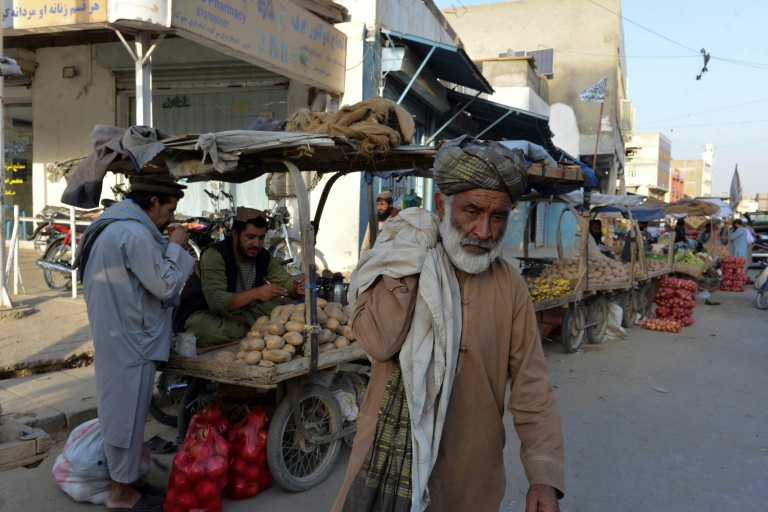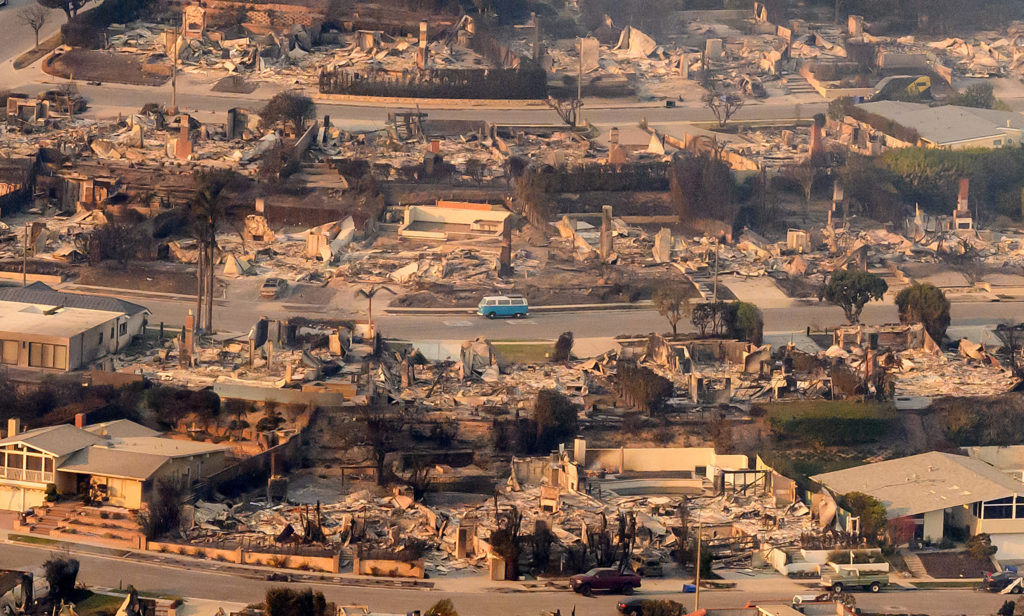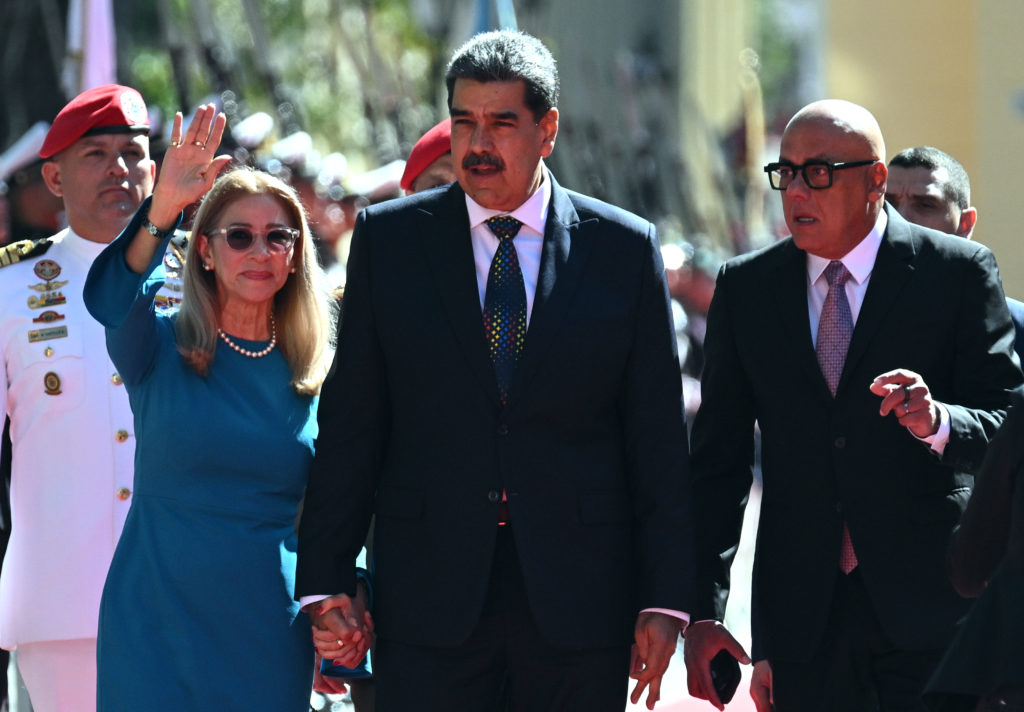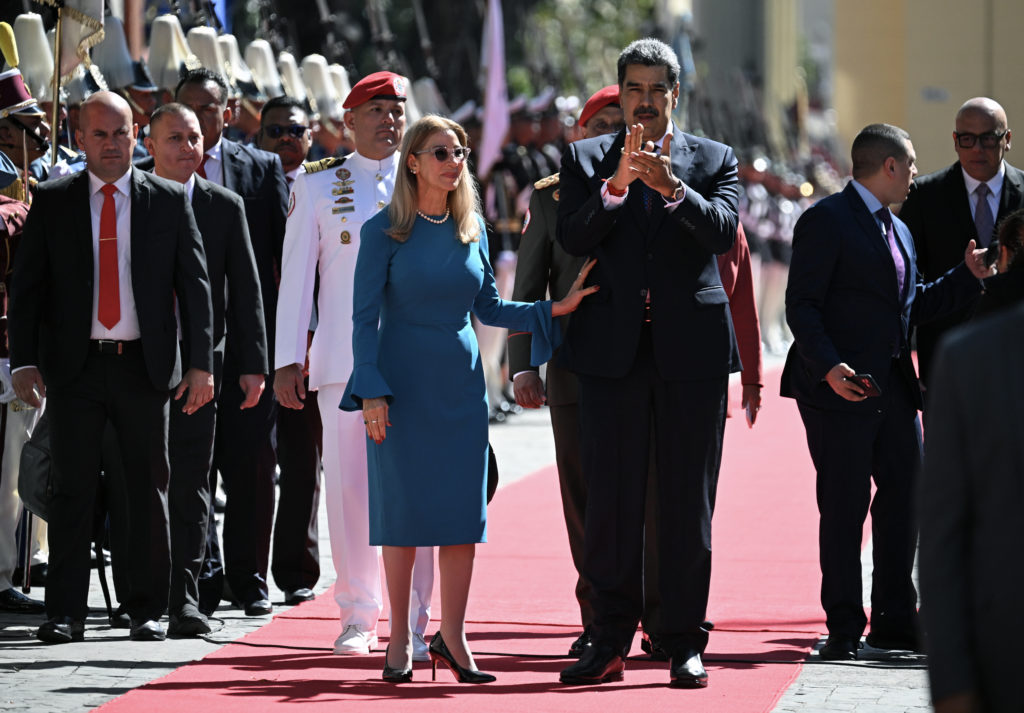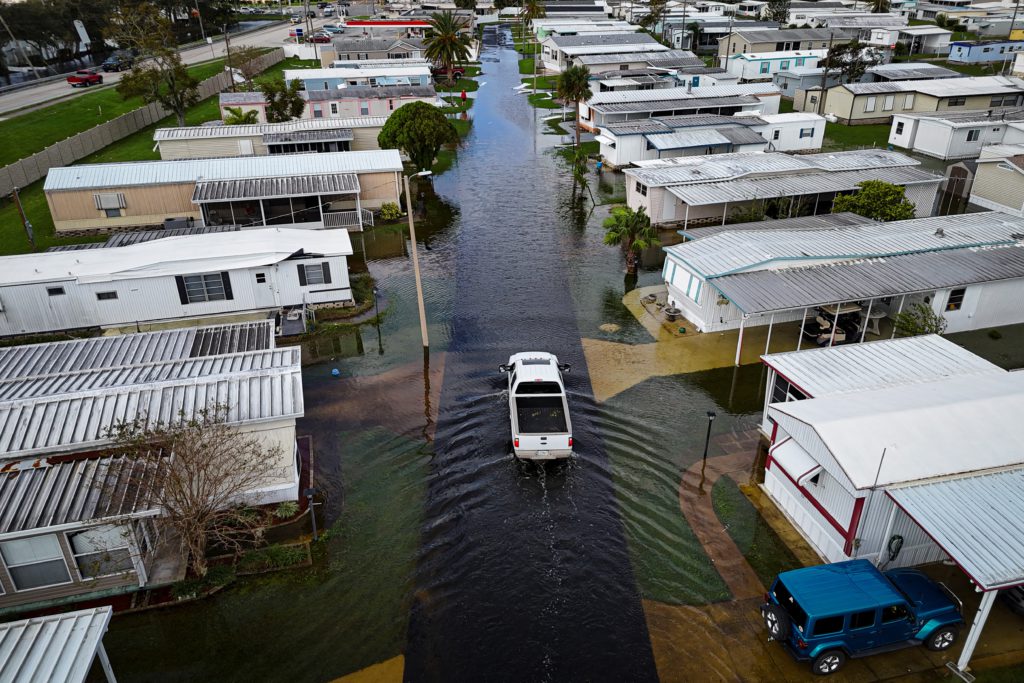Afghanistan is on the brink of one of the world’s worst humanitarian crises, UN agencies warned Monday, with more than half the country facing “acute” food shortages.
More than 22 million Afghans will suffer food insecurity this winter, they said, as a drought driven by climate change adds to the disruption caused by the chaotic Taliban takeover of the country.
“This winter, millions of Afghans will be forced to choose between migration and starvation unless we can step up our life-saving assistance,” said David Beasley, executive director of the World Food Programme.
The crisis is already bigger in scale than the shortages facing war-torn Yemen or Syria, and worse than any food insecurity emergency apart from the Democratic Republic of Congo, officials told AFP.
“Afghanistan is now among the world’s worst humanitarian crises — if not the worst — and food security has all but collapsed,” Beasley said in a statement.
“We are on a countdown to catastrophe and if we don’t act now, we will have a total disaster on our hands.”
According to the statement issued by the World Food Programme and the UN Food and Agriculture Organization, one in two Afghans faces Phase 3 “crisis” or Phase 4 “emergency” food shortages.
Phase 4 is one step below a famine, and officials told AFP that Afghanistan — already struggling to emerge from a 20-year civil war — is facing its worst winter in a decade.
FAO Director-General Qu Dongyu said: “It is urgent that we act efficiently and effectively to speed up and scale up our delivery in Afghanistan before winter cuts off a large part of the country, with millions of people -– including farmers, women, young children and the elderly — going hungry in the freezing winter.”
In August, the hardline Islamist Taliban overthrew the US-backed regime and declared an interim government, vowing to restore stability.
But the Taliban still face a range of international sanctions and a campaign of bloody attacks by rival hardliners the Islamic State — while climate change has made Afghanistan’s droughts more frequent and intense.
– Hopes for ‘wet winter’ –
In the west of the country, thousands of poor families have already sold their flocks and fled, seeking shelter and assistance in packed temporary camps near major cities.
A visit by AFP journalists to the provinces of Herat and Badghis found families forces to sell their daughters into early marriage to cover debts and secure enough food to survive.
On Sunday, the Taliban announced a plan to pay 40,000 labourers in grain in the Kabul region, employing them to dig holes to trap the winter snow and provide moisture for barren hills.
Asked about the humanitarian crisis, Taliban spokesman Zabihullah Mujahid told AFP on Sunday: “We are trying to get our people out of the current situation and help them. Global humanitarian aid has also arrived.”
“We are trying to arrange and distribute, including food and clothing. All worries will be resolved,” he added.
“Regarding the drought, we hope to have a wet winter. But if the drought continues we will take appropriate measures in the spring.”
The UN agencies warned that their humanitarian response plan is only a third funded as it stands.
The FAO is seeking $11.4 million in urgent funding and a further $200 million for the agricultural season into 2022.
Fearing new refugee outflows from Afghanistan, international donors have pledged hundreds of millions of dollars for the country but they do not want to work with the Taliban directly.
“Hunger is rising and children are dying. We can’t feed people on promises –- funding commitments must turn into hard cash,” Beasley said.
“The international community must come together to address this crisis, which is fast spinning out of control.”

